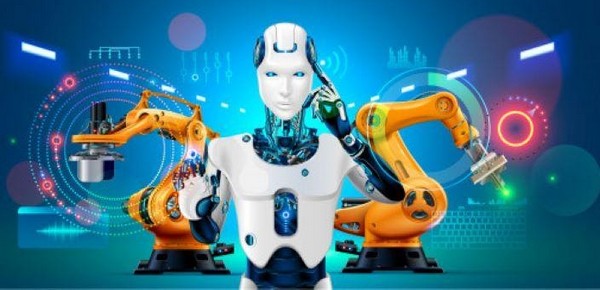Automated machine learning is a branch of artificial intelligence (AI) that enables computer systems to automate, improve, and learn from experiences. This technology has significantly grown over the years.

Machine learning algorithms are responsible for the majority of advancements in artificial intelligence applications. These algorithms use statistics to identify patterns in significant amounts of data, i.e., numbers, words, clicks, and images.
As far as data application goes, it’s responsible for countless services we enjoy today. This includes Amazon, YouTube, Netflix, Google, Spotify, Facebook, Twitter, Siri, Alexa, Baidu, etc.
Likewise, small businesses are investing time and money into developing this technology. This means that you can look forward to seeing more of this technology over the years to come.
Read: Why Modern Software Testing Can’t Do Without Machine Learning?
Parts Of A Machine Learning System
The following features are critical in setting up an efficient machine learning system:
- Algorithms
Machine learning is founded on specific statistical algorithms to identify data patterns.
- Data
Input data is essential for the prediction of the output.
- Automation
This is the ability of a system to operate independently without external input.
- Iteration
Simply put, this is the repetition of a process.
- Modeling
Through the process of modeling, models are created by pre-set demand.
- Scalability
This part can be increased or decreased accordingly.
Methods Of Learning
Primary methods used in automated machine learning fall under any of the three categories. These are:
- Supervised Learning
The main goal of this method is to teach computers how to map inputs to the output. In this machine learning training method, the inputs and outputs are provided to the computer along with the feedback. The prediction accuracy by the computer can be analyzed in great detail.
- Unsupervised Learning
The main goal of unsupervised learning is to find the best possible policy. To accomplish learning, the computer is left to find the output on its own, through iteration. Unsupervised learning is commonly applied to transactional data.
- Reinforced Learning
The main goal of reinforced learning is to find the best possible policy. This learning technique uses components, such as action, environment, and agent, where the agent perceives the surroundings. The environment is the one with which the agent acts and interacts.
Benefits
Development in machine learning technology coupled with advancement in sensors and growth in computing power has led to the design of a whole new generation of robots. This technology allows manufacturers to:
- Make fast, data-driven decisions
Machine learning provides the best outcomes by prioritizing routine decision-making processes.
- Enable greater scaling
Machine learning models may not be able to compete with in-depth human cognitive functions. But the evolving technology currently makes it possible to create an efficient human learning process. This, in turn, enables data scientists to focus on methodologies that increase scaling rather than iterative tasks.
- Better production outcomes
By being able to predict outcomes, businesses can improve production processes. This is accomplished through workforce analysis that rapidly increases the speed of testing varying hyperparameters and algorithms that provide the best routes for accurate results.
- Reduced operating costs
It offers manufacturers the ability to adapt to new environments. This has the advantage of allowing users to reduce operational costs. They accomplish this by building learning models with a high degree of process automation that is otherwise repetitive and time-consuming.
- Facilitate production innovation
Data derived from iteration can be used in creating new, innovative means of production. These innovations lead to creating a system of systems capable of producing goods at a faster rate.
- Improved operational efficiency
The machine learning process increases efficiency, thanks to data. You can do away with segments that reduce efficiency. These processes are usually repetitive and schematic, requiring full attention; thus, employees are more likely to lose concentration.
Automated machine learning bears immense advantages, not only to businesses but to individuals as well. A direct benefit is in the reduction of workplace accidents and improved quality of life. Further research into this sector is bound to lead to discovering new ways to improve daily life.
